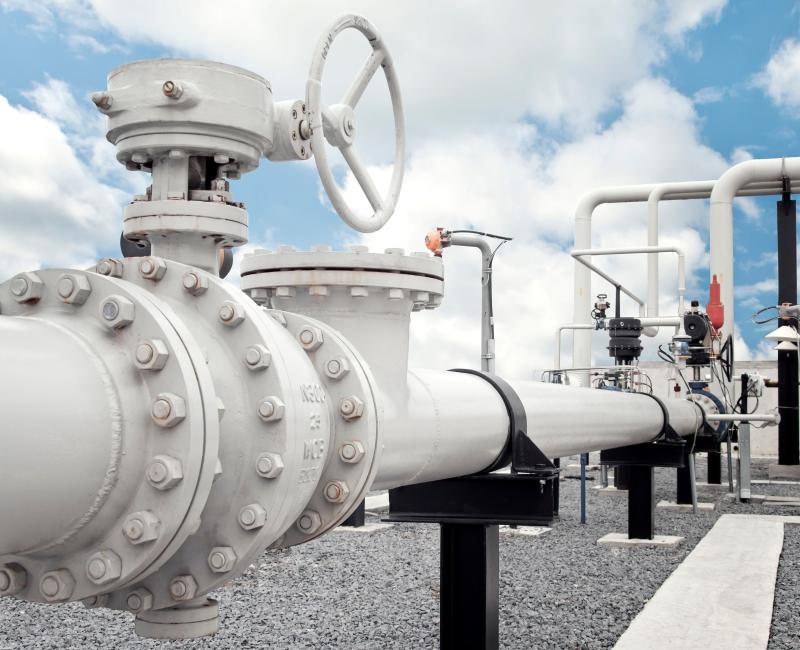ACER expects system operators to jointly maximise gas transmission capacities
What is it about?
In the wake of the Russian invasion of Ukraine, the changes in supply and demand created transportation bottlenecks as the gas system was originally designed for optimal transportation of Russian supplies. With liquified natural gas (LNG) and increased pipeline supplies primarily entering the EU from the west, bottlenecks in transportation occurred.
Due to physical congestion at LNG terminals and at cross-border pipelines in North-West Europe, the system was used at full capacity and gas could not easily flow to where it was needed most during the 2022 energy crisis, which drove hub price-spreads high. To address these bottlenecks in the short term, the existing infrastructure must be optimised to accommodate new supply routes.
In the gas market crisis, short-term mitigating actions are important. The voluntary gas-demand reduction target has been extended until 31 March 2024 and storage-filling trajectories for 2023 have been updated. Addressing the most acute bottlenecks presents a no-regret measure to improve market efficiency in the short term.
In addition to its annual monitoring of congestion, ACER made a focused research of how congestion emerged in the most acutely congested markets of Belgium, France, Germany and the Netherlands, and how the respective transmission system operators (TSOs) and national regulatory authorities (NRAs) addressed the bottlenecks.
ACER’s preliminary findings
- Coordination between TSOs weakened while maximising the availability of firm and interruptible capacities at either side of the respective borders between Belgium, France, Germany and the Netherlands, leading to mismatched transmission capacities; and
- Gas flows from Belgium to the Netherlands, from Belgium to Germany and from France to Germany suffered from physical bottlenecks.
What does ACER recommend?
ACER expects the TSOs to:
- Extensively coordinate their operational actions;
- Jointly optimise the network to accommodate the restructured supply routes;
- Jointly maximise marketing of firm bundled capacities;
- Optimise the sale of interruptible capacities;
- Efficiently bring back unused capacities to the market via congestion management procedures (CMPs); and
- Carefully consider if investment is needed where physical bottlenecks remain after the operational optimisation of the existing network.
ACER expects NRAs to:
- Extensively coordinate;
- Remove any regulatory obstacles that prevent an optimal use of the network to accommodate the new supply routes, e.g., addressing different odourisation practices on the route from France to Germany; and
- While congestion revenues may be used to finance network investment that removes structural bottlenecks, NRAs shall carefully assess the appropriateness of such investment considering the Union’s energy and climate policies.
What are the next steps?
In summer 2023, ACER will publish a report specifically on congestion in North-West Europe with findings and recommendations.

